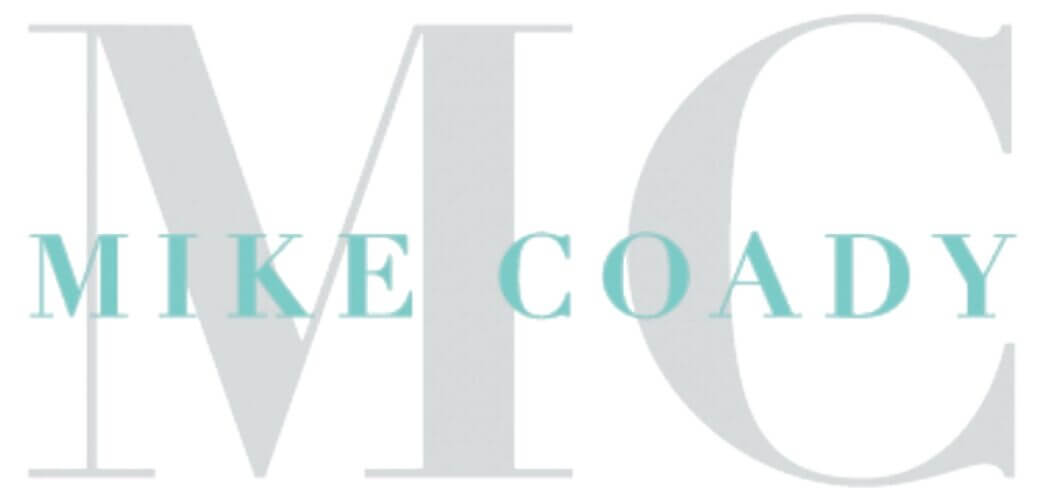
Home A fortnightly look at global financial markets – 2 August 2016

A fortnightly look at global financial markets – 2 August 2016
|
Getting your Trinity Audio player ready...
|
The following is a detailed commentary and analysis from deVere Group’s International Investment Strategist, Tom Elliot regarding: What to make of the headlines? Brexit and Bank of England policy, EBA bank stress tests.
Q3 asset allocation preferences (unhedged US dollar-based, updated at start of quarter): neutral equities vs. fixed income relative to benchmark. Prefer emerging stock markets to developed, positive on gold. Longer term outlook is to be pro-risk assets.
As traders go on holiday and markets become thin, expect greater volatility on scraps of news that normally wouldn’t move capital markets. However, one news item from last Friday that may have a longer lasting effect is the weaker than expected US second quarter GDP data. This, in turn, must delay the next hike from the Fed – probably into 2017, given the Fed’s traditional unwillingness to move rates in the months around a Presidential election.
The prospect of continuing ultra-low interest rates from the Fed into 2017 is ultimately a support for global risk assets, so long as the weaker than expected economic growth in the US that is keeping rates down does not morph into a recession. Bond proxy stocks in the US may outperform in a low-growth, dovish-Fed environment. Should we see dollar weakness over the coming months, US exporters may also perform well. However, a continuous decline in US corporate profits over the last four quarters, according to Thomson Reuters’ analysis of the current crop of Q2 earnings announcements, is not the hallmark of a sustainable rise in stock prices. This is not a rally to bet your shirt on.
As ever, remain fully diversified with only modest overweight/ underweight sector or regional bets taken against a chosen benchmark.
What to make of the headlines?
- Many of the negative headlines last week had a positive flip-side for investors once they read through the whole article. This confirms that investors are often best advised to simply ‘sit still’ and not allow themselves to be panicked by markets over-reacting to news in periods of thin trading.
- Last week the IMF again reduced its forecast for global economic growth in 2016, to 3.1%. Slower growth in Japan was the main reason cited, but the uncertainty facing the UK economy following the Brexit vote also played a part. Several leading indicators in recent weeks, such a manufacturing and consumer confidence surveys, and housing market data, confirm that the UK economy is weakening.
- The U.S economy grew at only 1.2% in second quarter at an annualised rate, against expectations of around 2%. Meanwhile in Asia the Bank of Japan failed to expand its quantitative easing scheme – as many investors had hoped – keeping the asset purchase total at Yen 80 tn a year ($762 bn).
- But many of these headlines had a strong ‘but’ to them, in which positive aspects were then explained. Weaker than expected US growth means that ultra-low interest rates from the Fed will persist for longer, meaning dollar-financed borrowing of countries and companies around the world will remain cheap, and US exporters will benefit if the dollar weakens on lower rate expectations. The Bank of Japan may have decided against expanding its QE program, but will now become a major buyer of Japanese equities as Japan ETFs are now included in the list of assets it will buy. A weak oil price is ultimately good news for the developed world’s economies, reducing manufacturing, transport and heating costs.
Brexit and Bank of England policy
- Recent weeks from Brexit-supporting newspaper have managed to suggest that the economy is in fact ‘booming’ following the 23rdJune vote. These almost entirely rely on lagging data (such as employment figures), while leading indicators tend to be ignored, or the messenger is accused of scaremongering.
- Last week the IMF cut its 2017 GDP growth forecast for Britain from 2.2% to 1.3%, citing uncertainty caused by Brexit.
- The Bank of England’s inflation report, this Thursday, will offer a valuable insight into how the Bank will address the problem of weakening growth and rising import prices, stemming from sterling’s recent fall. A much-heralded interest rate cut late this month, and possibly the re-launch of the QE program, risks weakening sterling further and so aggravating imported inflation. Is a Bank of England-sanctioned period of stagflation on its way?
EBA bank stress tests
- We haven’t learnt much about the health of European banks from the latest European Banking Authority (EBA) stress tests, results of which were published last week. One day the sector will be obviously under-priced and an investment bargain, but with some alarming claims being made as to the level of re-capitalisation needed by the sector, we must surely remain cautious in the near-term on any but the top rated names.
- UK banks RBS and Barclays are revealed to be less adequately prepared for an economic/ banking sector shock than we had thought, while Deutsche Bank appears to be as weak as expected. The methodology of the stress tests is not made explicit, and the decision to exclude Greek and Portuguese banks seems odd. Although the stress test did explicitly see one bank fail – predictably enough, Monte dei Paschi di Sien of Italy – there was no formal pass mark to help investors understand what capital ratio the banks should have, in order to allay their concerns.
- Behind it all lurks the suspicion that it is another exercise in kicking the full re-capitalisation of the European banking sector into the long grass, until the much-delayed European banking union can be agreed. Then the weak banks will apply for bailouts from the stronger ones. Last week a group of academics from the German ZEW, New York University and University of Lausanne published a study that claimed EUR 900 bn of funding is needed to fully restore the sector to health (ie, allowing all non-performing loans to be written down and still having a robust cushion of capital in the balance sheet). This is on top of the EUR 260 bn that has been put into European banks’ balance sheets since 2011.
- The message for investors in bank equity and debt is, therefore, unclear. It seems that some banks are stronger than others, but just how worried we should be about the weaker ones is left open for all but the most dedicated of analysts to work out.
Related
You May Also Like

Choosing the right school for your Children
The UAE, particularly Dubai and Abu Dhabi, offers a multitude of educational opportunities for children, with a diverse...

A fortnightly look at global financial markets – 25 October 2016
The following is a detailed commentary and analysis from deVere Group’s International Investment Strategist, Tom Elliot regarding: Is...

Family Wealth Manager praises mentoring at Stapleford Park
When Albert Einstein said: “The only source of knowledge is experience” I believe he wasn’t too far away...
DISCLOSURE:
mikecoady.com, the website, does not provide financial, investment or tax advice. It is specially designed to provide its users with general information. It does not give individual or specific advice on which products or services are the most appropriate for an individual’s particular circumstances. We may from time to time publish content on this site that has been created by affiliated or unaffiliated contributors.




